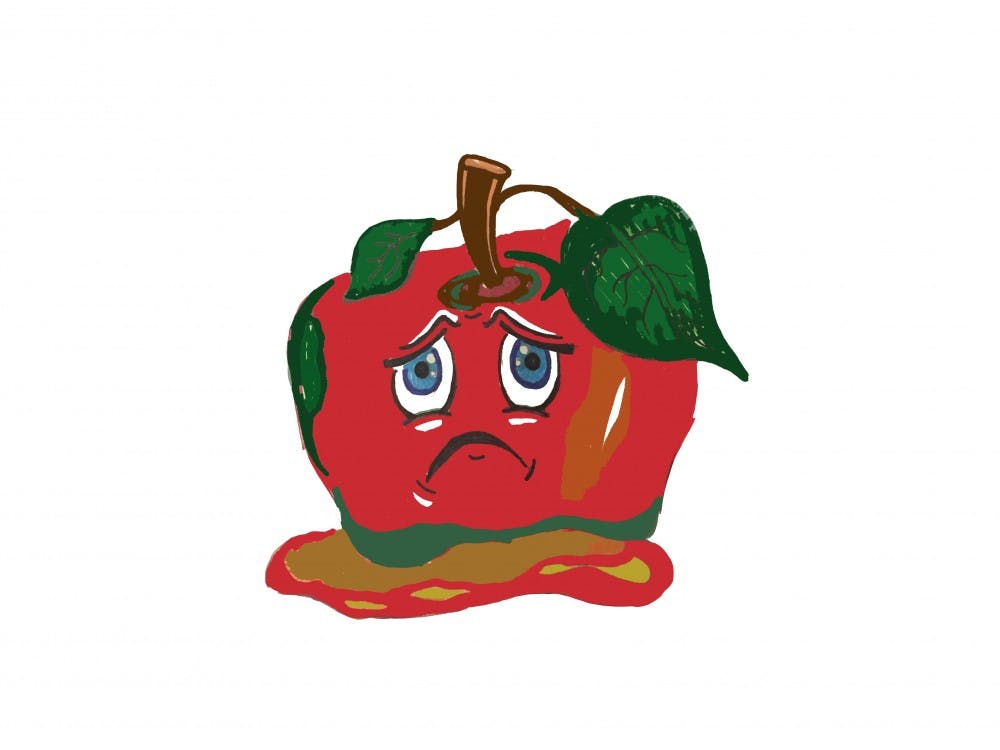These days, seeing a movie can be expensive. The average price of movie theater tickets in the U.S. hit an all time high last year, and the costs of DVDs, subscription services, and on–demand movies on platforms like YouTube can add up. Even for the film lovers who avoid costs using less legal means, in today’s busy world, there’s still the time commitment of sitting down to watch.
Because of this, it’s no surprise that many people want to know if a movie is worth watching before they see it. Websites like Rotten Tomatoes have made this easier than ever; now, all you need to do is Google a movie’s name to get the definitive answer on whether or not it’s “good.” But it’s not always that simple. Rotten Tomatoes ratings have a number of problems and blind spots, and a movie’s score on the website might not mean as much as you think.
Rotten Tomatoes gives two separate metrics to movies: the critic’s rating (called the “Tomatometer”) and the Audience Score, with the Tomatometer designated as a movie’s official score. To calculate the Tomatometer, Rotten Tomatoes pulls from the reviews of around 3,000 film critics from print, broadcast, and digital media. All reviews used are either designated as “Fresh” (positive) or “Rotten” (neutral or negative). The Tomatometer, which is listed in the form of a percentage, is a representation of how many critics gave “Fresh” reviews. A movie is designated fresh and receives a red tomato icon if the Fresh score is 60% or higher; 59% or lower gives a movie the “Rotten” green splat. Movies with a “Certified Fresh” designation must hold a 75% fresh score with a certain number of reviews. The audience score functions similarly, as a percentage designation of how many non–critics enjoyed the movie. Audience reviews can be added by anyone to the Rotten Tomatoes website.
What many moviegoers might not realize is that this does not function like a conventional rating system; contrary to popular belief, the Tomatometer score does not actually correspond to a rating. For instance, Get Out’s 99% fresh rating does not mean that the average critic rated it a 9.9/10, and Suicide Squad’s 26% does not roughly translate to one out of four stars. The Tomatometer is simply indicative of the number of critics who gave better–than–neutral reviews. Theoretically, as Vox’s film critic Alissa Wilkinson points out, a movie could receive entirely lukewarm reviews and still come out with a 100% Tomatometer rating. This idea becomes obvious when you look at the 100 movies with the best Rotten Tomatoes scores, which, for example, places the admittedly enjoyable Zootopia above the Hitchcock masterpiece Rear Window.
Another problem with the Tomatometer score is the simplicity of it. The website’s goal is to create an aggregate critical consensus, and in trying to do that, any nuance gets lost. We might love some movies and hate others, but most movies do some things well and others poorly. It’s rare that a film is just “good” or just “bad,” and the way the Fresh and Rotten designations work means that every review must be classified as one or the other. 2017’s mother! has a Tomatometer score of 69%, but that doesn’t accurately capture the critical confusion surrounding the film. Likewise, while critics’ opinions of the Christmas romance Love Actually are polarizing, all of the back–and–forth is smoothed out by a dull score of 63% that does little to capture the debate.
Yet another important aspect that Rotten Tomatoes diminishes is the subjectivity of individual critics. In attempting to aggregate the voices of all, Rotten Tomatoes misses out on individual takes. Famous critics like the late Roger Ebert won acclaim, not for the “correctness” of their opinions on cinema, but for their unique voices and the personality they brought to their reviews. On the Rotten Tomatoes website, instead of seeing full reviews, audiences only see a short quote and a red or green icon to signify every opinion. For the sake of finding the “correct” opinion of every movie that comes out, we are dumbing down the discourse about what makes movies flawed—and what makes them great.
Of course, at a glance, Rotten Tomatoes is still a very useful tool; but it should not be treated as the definitive measure of a movie’s quality or be the deepest way that we engage with them. The next time you have a free afternoon to head to the movies, feel free to pull up the Rotten Tomatoes score—but be sure to take it with a grain of salt.

